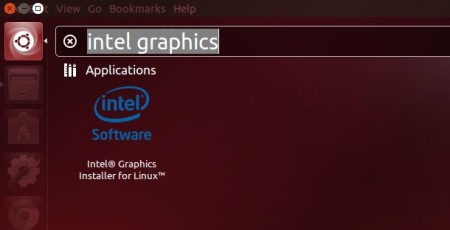

# if you want to use Breakout-ram-v0, please install atari

Setup OpenAI conda create -n openai python=3.5 Install Sublime # On Linux (need to pay?)Įcho "deb apt/stable/" | sudo tee /etc/apt//sublime-text.listĮcho "deb apt/dev/" | sudo tee /etc/apt//sublime-text.list # This error can ben due to the fact that ImageMagick is not installed on your computer.ħ. # If there is a ffmpeg error, please add the following lines at the top of your python file: Plot_model(model, to_file='abc.pdf', show_shapes=True) Sudo apt-get install python-pydot python-pydot-ng graphviz # If there is an error, please try it again. (so that it will not mess up the existing settings) # Step 2: Install Anaconda (Use all default settings) Install Keras # Step 1: Download Anaconda Sudo ln -s libcudnn.so.6.0.21 libcudnn.so.6ĥ. Sudo cp cudnn.h /usr/local/cuda-8.0/include/ # This time, do not install driver, do not choose opengl and X configurationĮxport LD_LIBRARY_PATH="/usr/local/cuda-8.0/lib64/"Įxport CUDA_LIB=/usr/local/cuda-8.0/lib64Īfter reboot, open “Additional Drivers” and choose “Using Nvidia binary driver”.ĭownload CuDNN 6.0. #> echo options nouveau modeset=0 | sudo tee -a /etc/modprobe.d/nf Sudo apt-get install dkms build-essential linux-headers-generic (NVIDIA-Linux_*.run)ĭownload CUDA “runfile” from Nvidia. Sudo dd if=./ubuntu.iso of=/dev/rdisk3 bs=1m # disk3 is my USBĭownload Nvidia display driver from Nvidia. # Plug in the USB and figure out the disk ID.ĭiskutil unmountDisk /dev/disk3 # disk3 is my USB Hdiutil convert -format UDRW -o ubuntu.iso ubuntu-16.04.3-desktop-amd64.iso # rename the ISO file with a shorter name Create a USB ubuntu Installer (on Mac)Ĭreate a bootable USB on MacOS, so that we can use it to install Ubuntu 16.04. After building a sever, I did the following operations to setup the environment.


 0 kommentar(er)
0 kommentar(er)
